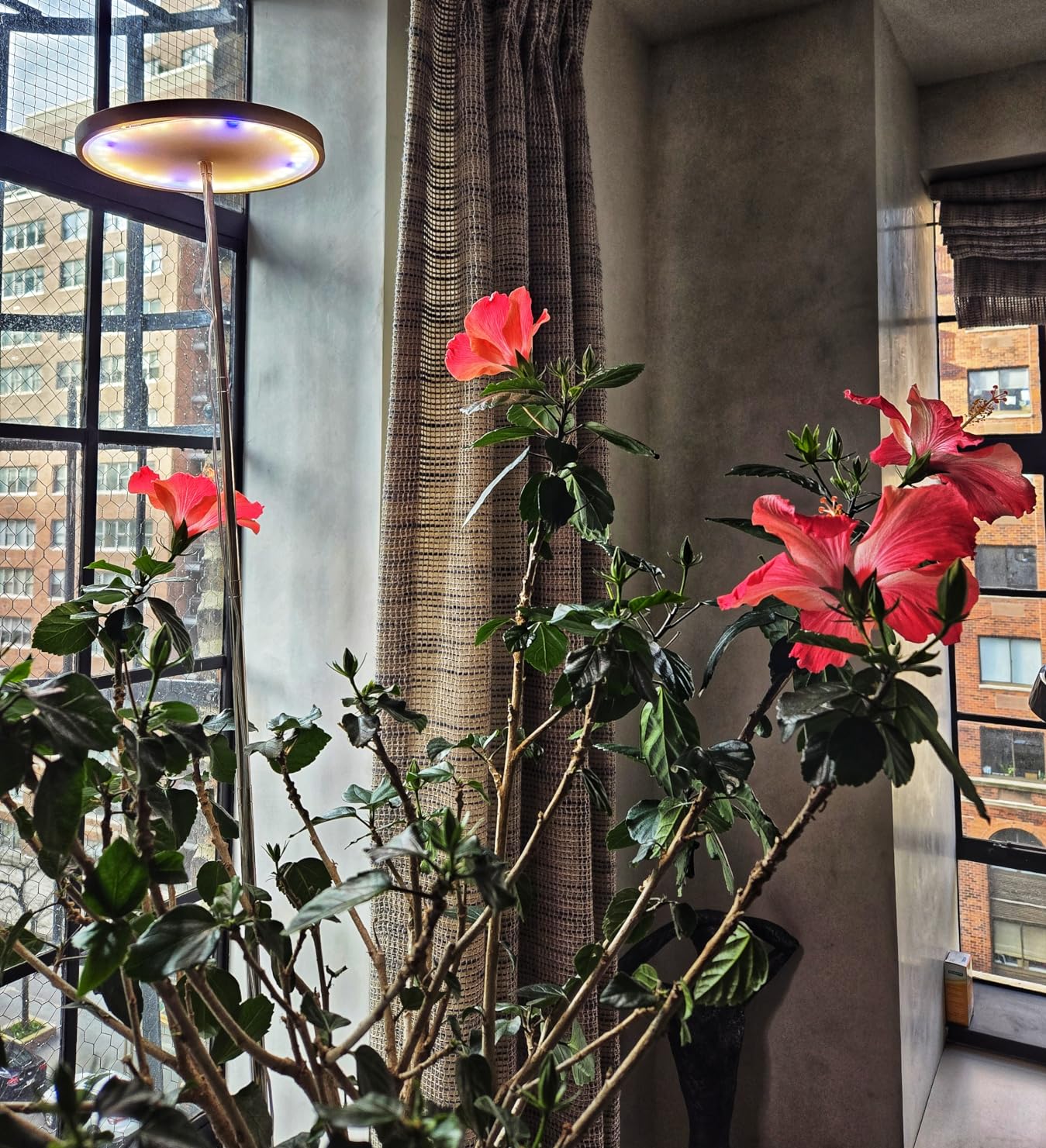🌱 Grow Lights vs. Natural Sunlight: Which Is Better for Your Plants?

🌞 The Great Debate
Every plant parent wonders: Is natural sunlight enough, or do I really need grow lights?
The truth is—both have their strengths, and the best option depends on your home, your plants, and the season.
🌿 Natural Sunlight: Pros & Cons
✅ Pros:
-
Free and abundant (in the right location)
-
Full spectrum of light that plants evolved with
-
Encourages natural growth patterns
❌ Cons:
-
Limited by window direction and weather
-
Short daylight hours in winter
-
Uneven coverage (some plants get too much, others too little)
💡 Grow Lights: Pros & Cons
✅ Pros:
-
Provide consistent, controllable light year-round
-
Can be placed anywhere—no sunny window needed
-
Adjustable spectrum and brightness for different plant needs
-
Built-in timers mimic natural day/night cycles
❌ Cons:
-
Requires electricity
-
Initial cost (though energy-efficient LEDs reduce long-term costs)
🌱 Which Plants Do Better with Grow Lights?
-
Herbs (basil, mint, parsley): Thrive indoors with 12–16 hours of grow light.
-
Succulents & Cacti: Need bright light—perfect for direct grow light support.
-
Flowering Plants (orchids, violets): Benefit from targeted red/blue spectrum.
-
Seedlings: Grow lights are essential for strong, healthy early growth.
🛋️ Real-Life Example
A customer with a north-facing apartment struggled to keep succulents alive. After switching to a Yadoker LED Grow Light with Timer, she finally saw steady growth and vibrant color in her plants—even during winter.
✅ Final Verdict
-
If you have south-facing windows and mild seasons, sunlight may be enough for low-maintenance plants.
-
If you live in an apartment, have limited windows, or want year-round growth, grow lights are the better choice.
👉 The best solution? Combine both—let plants enjoy sunlight when possible, and supplement with grow lights when they need extra support.
